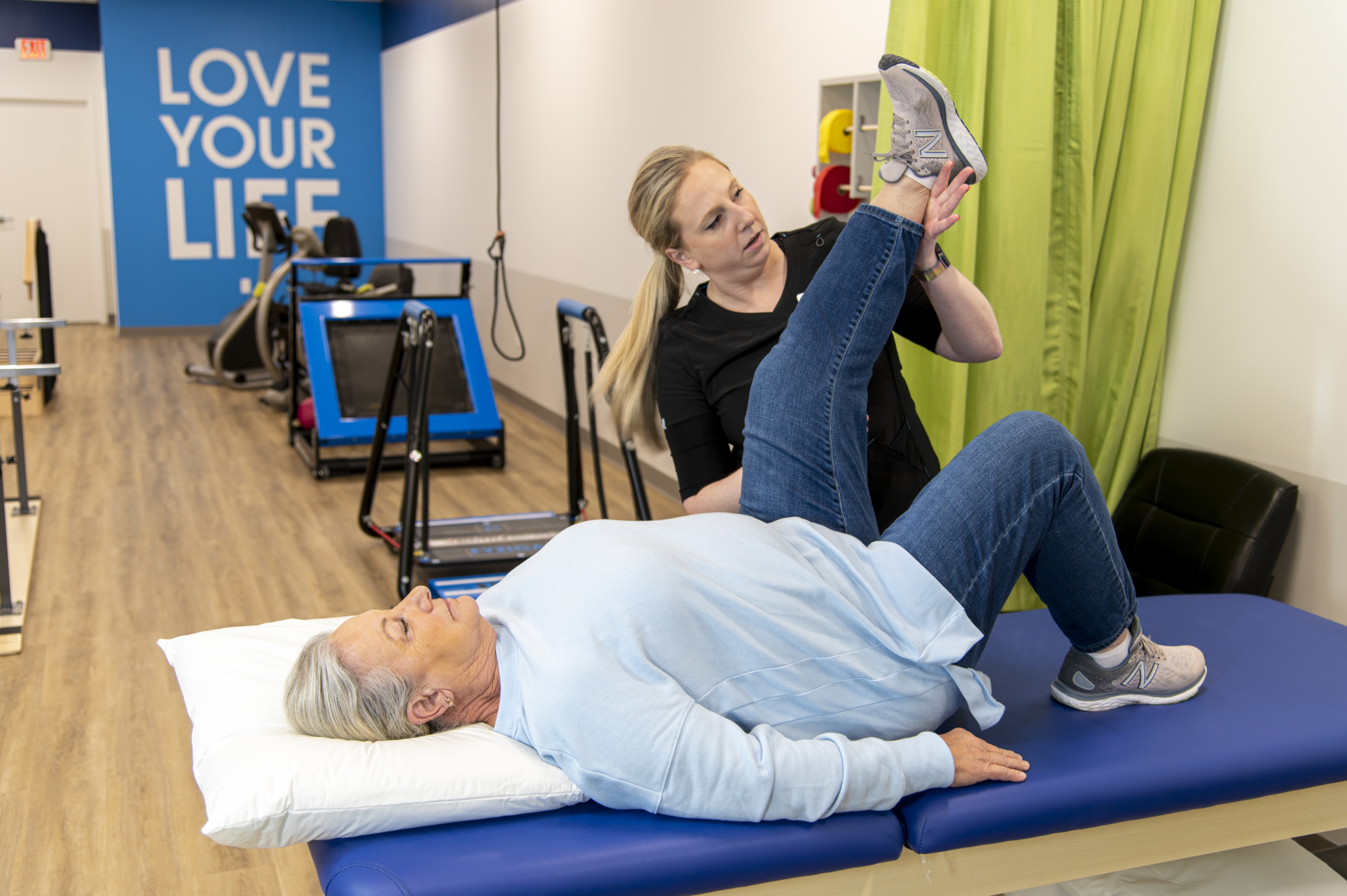Refining a Art of Ergonomics to Optimize Ease and Productivity in Work Environments
Refining a Art of Ergonomics to Optimize Ease and Productivity in Work Environments
Blog Article
Refining the discipline of workplace optimization is essential for designing office setups that support postural health and operational efficiency. Applied ergonomics is the methodology of designing occupational settings, equipment, and functions to accommodate the requirements of workers. By focusing on how users interact with their surroundings, businesses can alleviate discomfort and mitigate musculoskeletal problems. An ergonomic workspace supports efficient movement and lessens strain, which can contribute to improved performance and satisfaction among staff members.
One important component of ergonomics is the placement of fixtures and devices. Workstations should be at a height that permits users to work with their forearms at a 90-degree angle while keyboarding. Chairs should offer proper lumbar stability for the lower back, encouraging spinal alignment. Additionally, display devices should be positioned at eye level to minimize upper-body stress. By confirming that these elements are properly configured, staff can sustain a ergonomic position throughout their assignments, minimizing fatigue and enhancing concentration.
A further critical consideration in an well-designed workspace is the use of supportive devices and hardware. This includes input devices, mice, and other devices designed to limit cumulative trauma disorders. For instance, using an ergonomic keyboard can aid in relieve wrist pain caused by repetitive typing. Furthermore, ergonomic seating and height-adjustable workstations allow employees to change their position throughout the day, which can alleviate postural fatigue and amplify physical endurance. Implementing industry-grade ergonomic furnishings can generate optimal work habits and improved productivity rates.
Illumination is also a critical pillar in occupational planning. Balanced lighting can diminish ocular stress and make it easier to concentrate on their tasks. Natural light is preferable, but if that is not feasible, using customizable artificial lighting can help providing a inviting atmosphere. It is advisable to avoid glaring fluorescent lights that may induce migraines or fatigue. By providing adequate lighting, workspace planners can establish an environment that advances both clarity helpful hints and efficiency.
To conclude, promoting scheduled breaks is imperative for sustaining an ergonomic workspace. Encouraging workers to take short breaks can assist relieve physical tension and mental overload. During these breaks, personnel should their website be advised to stretch or walk around to support physical engagement. Implementing routine break times can help establish a workflow that protects human performance without sacrificing work results. Overall, mastering ergonomics in the professional environment not only boosts comfort but also supports a more engaged work culture where team members can thrive.